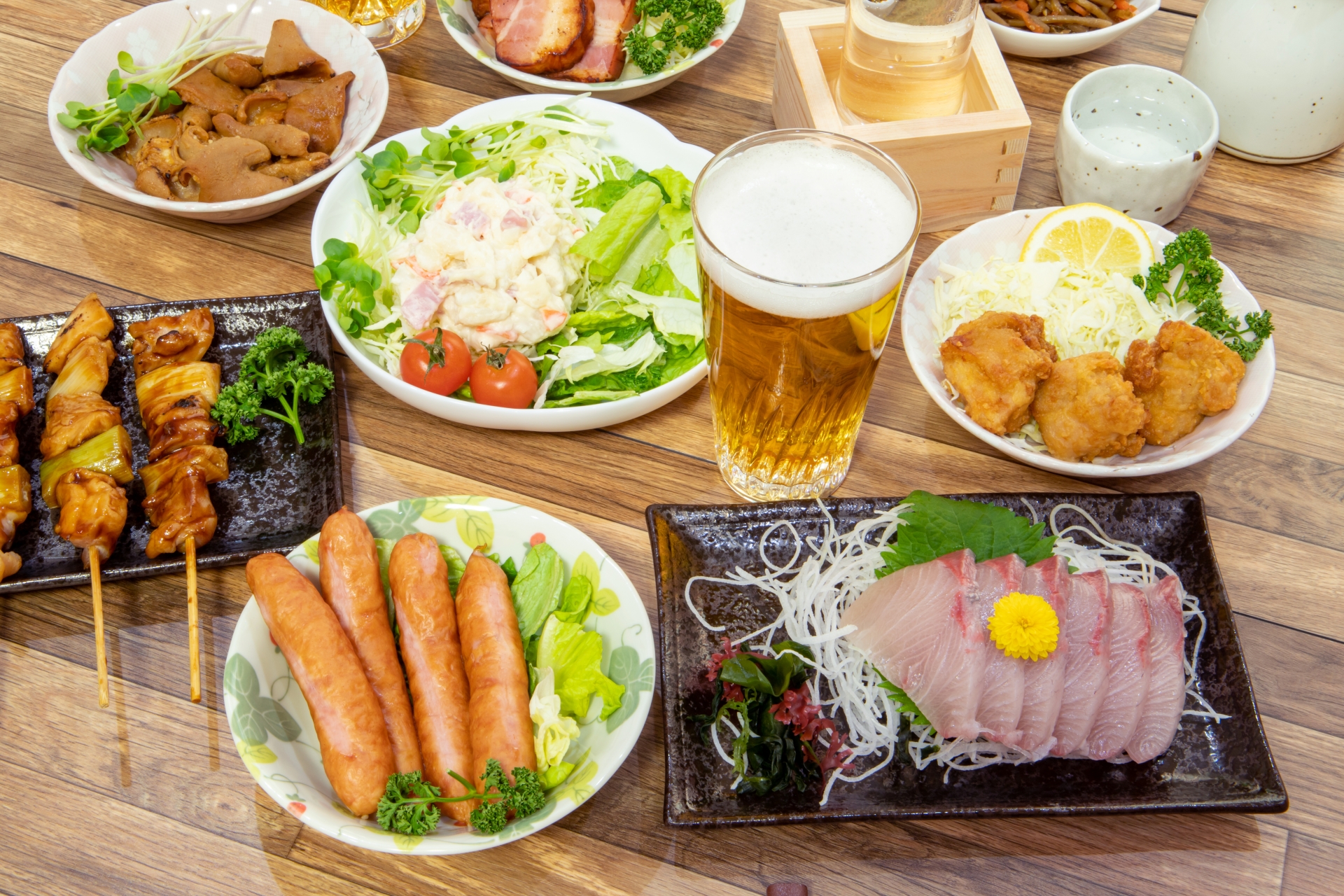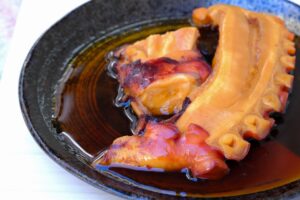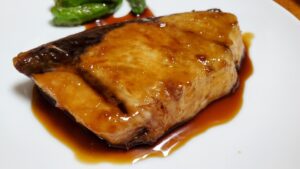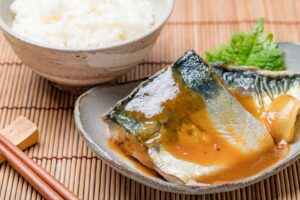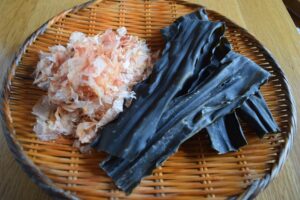Japanese bar food, commonly found in Izakayas, offers a unique culinary experience that combines flavorful dishes with a vibrant social atmosphere. This guide will explore the various types of food served at these popular bars, provide cultural context, offer tips for ordering, and highlight must-try dishes for anyone looking to enjoy the essence of Japanese bar dining.
What is Japanese Bar Food?
Japanese bar food is typically served in Izakayas, casual dining establishments that offer a variety of small dishes meant to be shared among friends. Originating in Japan, Izakayas are akin to pubs, providing a relaxed environment where people can enjoy good food and drinks while socializing. These bars play a significant role in Japanese culture, serving as common venues for after-work gatherings, casual hangouts, and even business meetings. The dining style is informal, with a wide array of dishes that cater to different tastes, ranging from grilled meats to seafood, vegetables, and unique regional specialties. The communal aspect of eating, with dishes placed in the center for everyone to share, fosters a sense of togetherness and fun, making Izakaya dining a beloved part of Japanese social life.
Popular Japanese Bar Dishes to Try
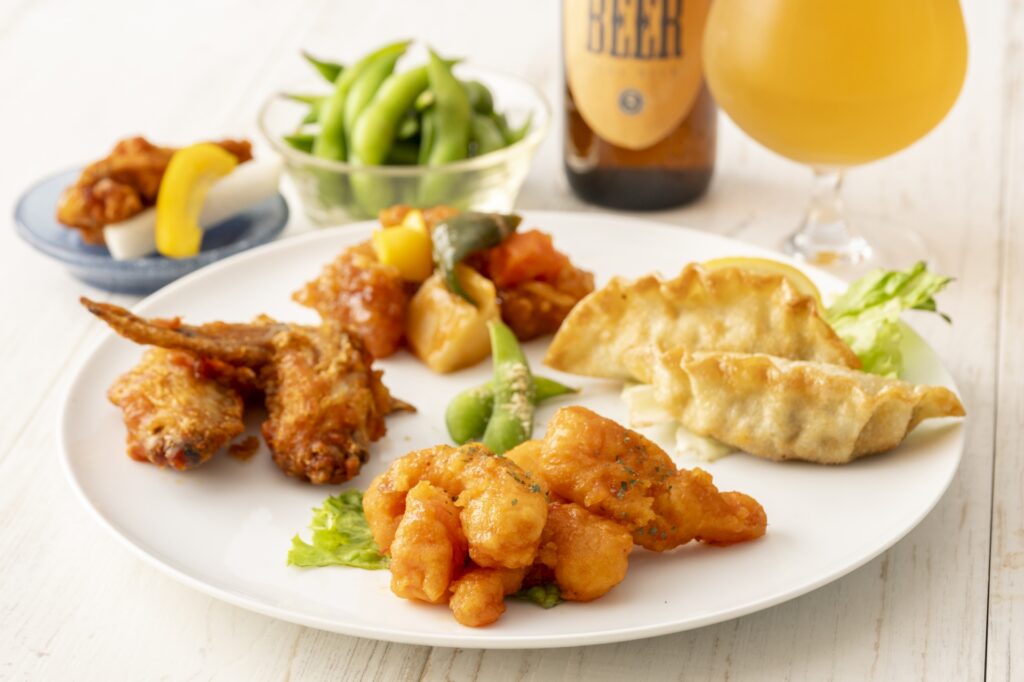
Izakayas are known for their diverse menu, which includes a variety of appetizers, main dishes, and sides. Here are some popular Japanese bar dishes that you should try:
- Yakitori: Grilled skewers of chicken, often seasoned with salt or a special soy-based sauce. Yakitori can include different parts of the chicken, such as thighs, wings, and even hearts.
- Edamame: Boiled young soybeans, lightly salted, and served in their pods. They are a popular and healthy snack to start your meal.
- Karaage: Japanese-style fried chicken, marinated in soy sauce, garlic, and ginger, then deep-fried to perfection. Karaage is crispy on the outside and juicy on the inside.
- Takoyaki: Small, round balls made of batter filled with octopus, pickled ginger, and green onions, topped with mayonnaise, takoyaki sauce, and bonito flakes.
- Gyoza: Pan-fried dumplings filled with ground meat and vegetables, typically served with a dipping sauce made from soy sauce and vinegar.
These dishes not only offer a taste of traditional Japanese flavors but also provide a glimpse into the culinary diversity and creativity of Japanese bar food.
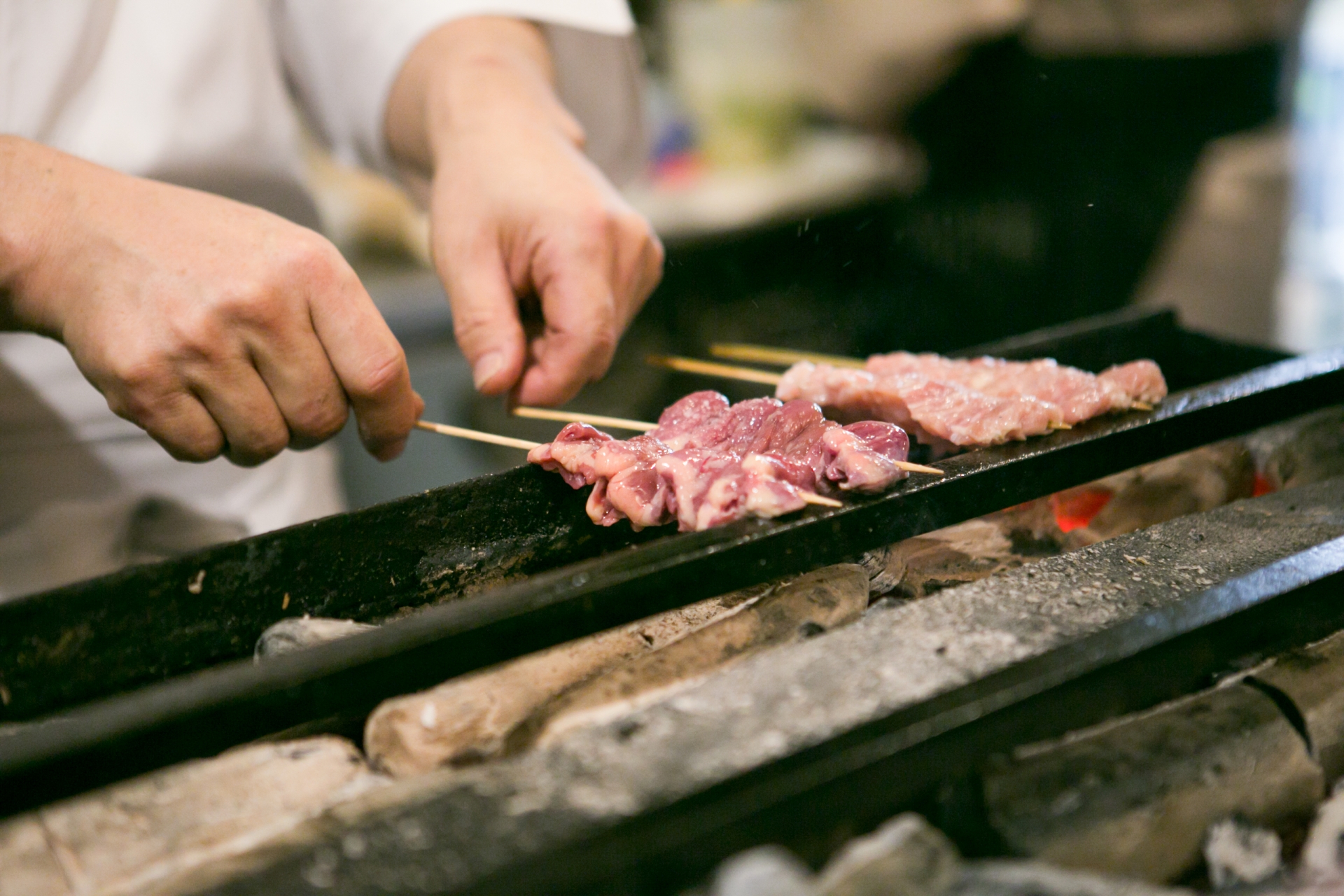

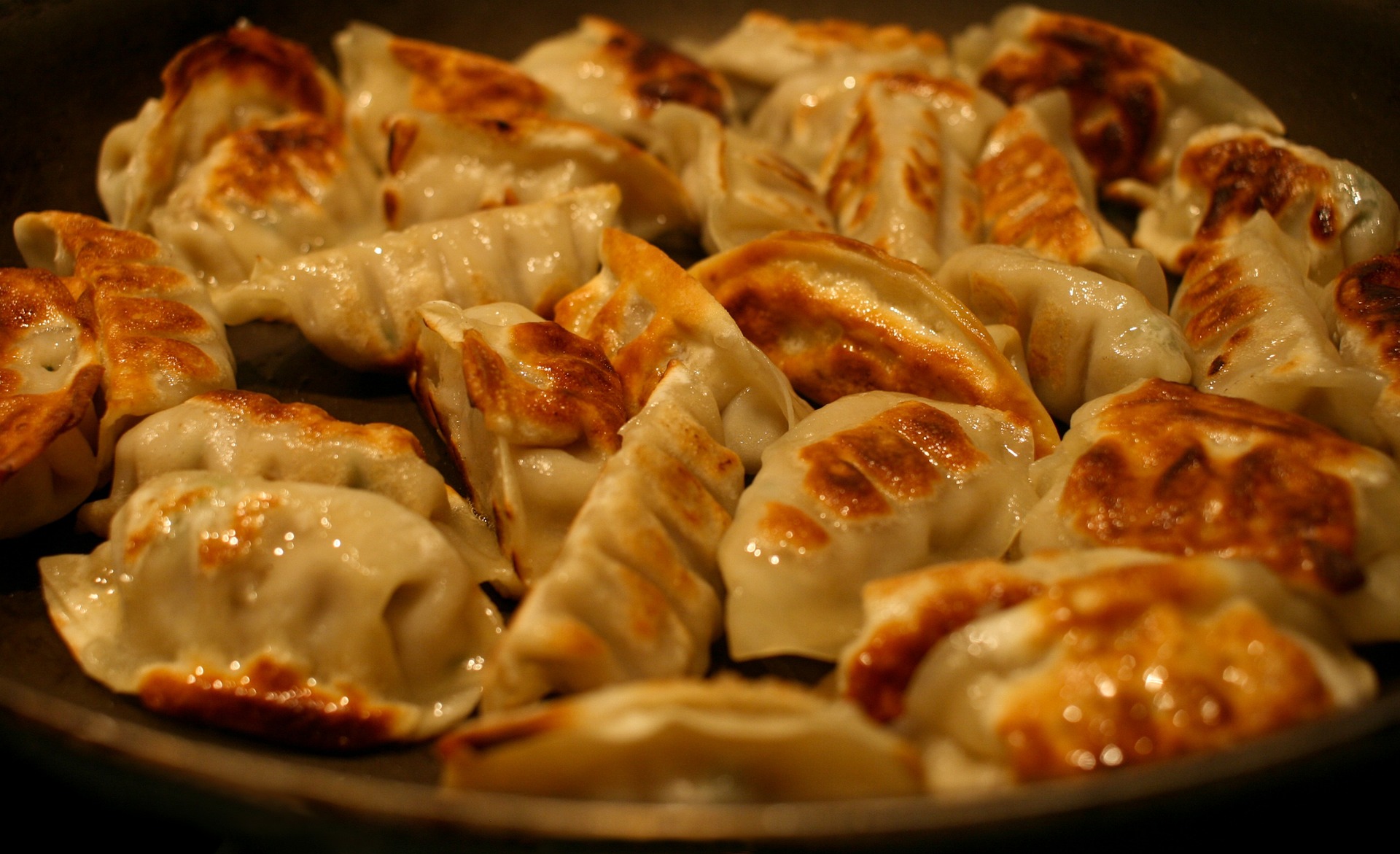
Vegetarian and Health-Conscious Options

For those who prefer vegetarian or lighter options, Japanese bar food offers a variety of choices. Dishes like grilled shiitake mushrooms, cold tofu salad (hiyayakko), and seaweed salad are popular among vegetarians. Edamame and pickled vegetables also provide healthy, low-calorie alternatives. Many Izakayas are open to modifying dishes to suit dietary preferences, such as replacing meat with tofu or using less oil in preparation, making it easier for health-conscious diners to enjoy the experience.
Drinking Culture and Pairings with Japanese Bar Food
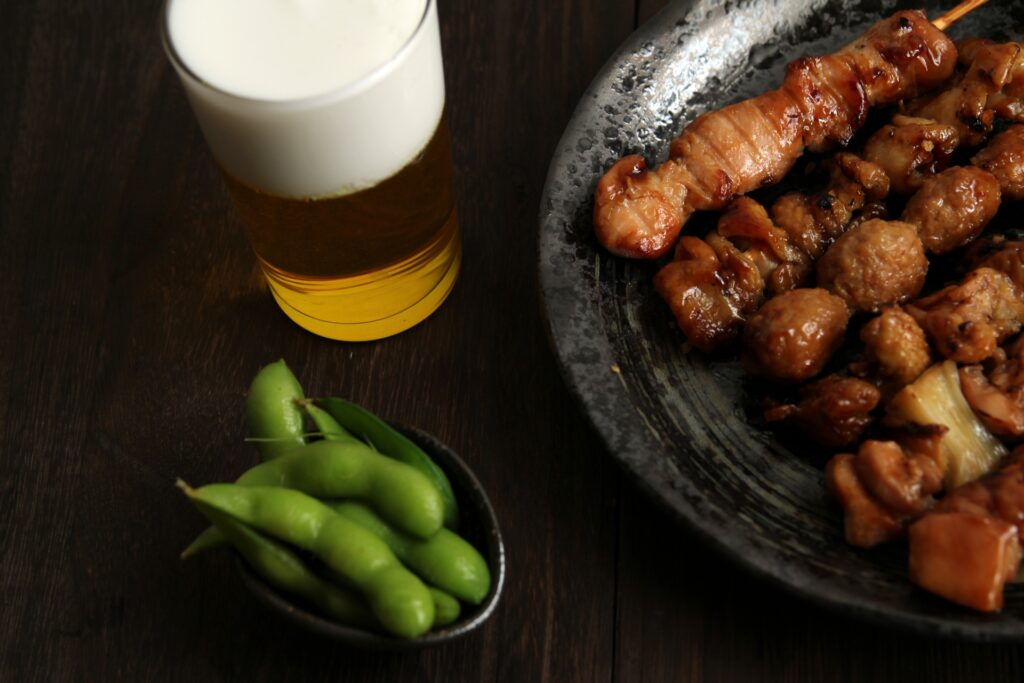
Drinks play an essential role in the Izakaya experience, with a variety of options available to complement the food. Sake, a traditional Japanese rice wine, is a popular choice, with different types ranging from sweet to dry. Beer, especially Japanese brands like Asahi and Sapporo, is commonly enjoyed alongside bar food. Shochu, a distilled spirit, and highballs (whiskey with soda) are also favorites. Pairing the right drink with the food enhances the flavors; for instance, sake pairs well with sashimi, while beer complements fried dishes like karaage.

How to Order at a Japanese Bar

Ordering at an Izakaya can be a fun experience, even if you don’t speak Japanese. Many Izakayas have menus with pictures, making it easier to point at the dish you want. Some places provide ordering forms where you can mark your choices. Common phrases like “Sumimasen” (Excuse me) to get the waiter’s attention and “Omakase” (I’ll leave it to you) to let the chef decide the meal for you can enhance the experience. Don’t be afraid to ask for recommendations – the staff are usually eager to help.
Etiquette Tips for Japanese Bar Dining

Understanding the etiquette of Izakaya dining can enhance your experience. Here are a few tips:
- Sharing is caring: Dishes are meant to be shared, so order several and enjoy a little of everything.
- Pouring drinks: It’s customary to pour drinks for others rather than yourself. Let others fill your glass as a sign of camaraderie.
- No tipping: Tipping is not expected in Japan; the cost of service is usually included in the bill.
- Respect your surroundings: Keep noise levels moderate and be mindful of other patrons.
Bringing Japanese Bar Food Home: Simple Recipes
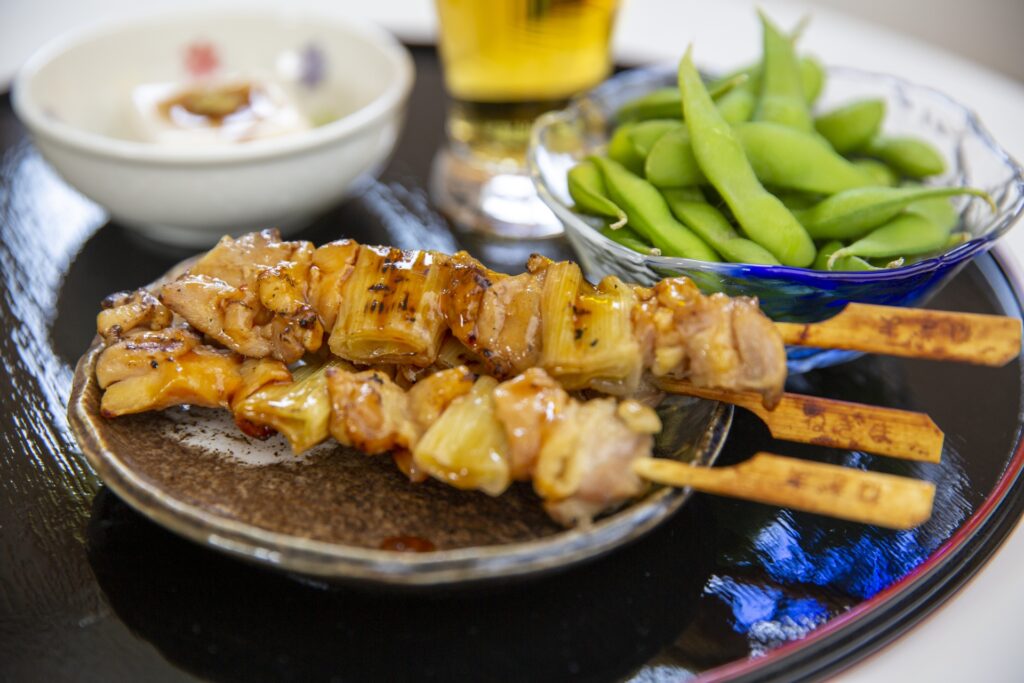
For those who wish to bring the taste of Izakaya into their own kitchens, here are a few easy recipes to try:
- Yakitori: Marinate chicken pieces in a mix of soy sauce, sake, and sugar. Skewer and grill until cooked through.
- Karaage: Marinate chicken in soy sauce, garlic, and ginger, then coat with potato starch and deep fry.
- Edamame: Boil fresh edamame in salted water for 3-5 minutes, drain, and sprinkle with more salt before serving.
Fusion and Modern Takes on Japanese Bar Food
Modern Izakayas often feature fusion dishes that blend traditional Japanese flavors with international influences. Examples include wasabi guacamole, spicy tuna tacos, and truffle oil yakitori. These creative adaptations keep the Izakaya scene vibrant and evolving, attracting both traditionalists and those looking for something new.
Conclusion
Japanese bar food offers a rich tapestry of flavors and experiences that reflect Japan’s culinary traditions and social culture. Whether you’re dining at an Izakaya in Japan or trying to recreate these dishes at home, embracing the spirit of sharing, experimentation, and enjoyment is key to truly appreciating this unique aspect of Japanese cuisine.

